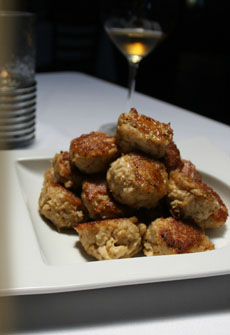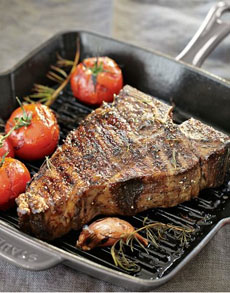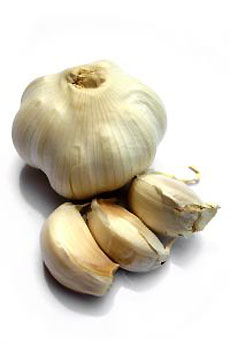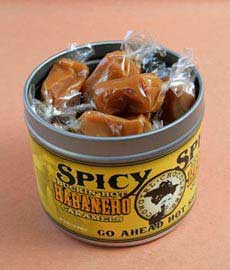|

Crab balls are delicious with beer, wine and
sparkling wine. Photo courtesy Jakes Crab
Shack.
|
|
In 2002, chef Chris Brandl opened a restaurant on the New Jersey shore. The cuisine is fine American fare, including wild boar chops, grilled chicken Caesar salad and his signature crab cakes.
The demand for crab cakes resulted in a casual restaurant, Jakes Crab Shack,* with crab cake sandwiches, Kobe beef burgers and lobster rolls. Keeping with food trends, there’s also a traveling food truck dishing up crab cake sandwiches.
*No write-ins from the editing police are needed: There’s no
apostrophe in Jakes.
Now, Jakes Crab Shack has gone retail.
Folks who can’t get to Belmar, New Jersey (south of Asbury Park) can get the delicious crab cakes and crab balls online, in packages of 24 one-ounce crab balls or six four-ounce crab cakes (both $42.00).
We love the crab balls for entertaining: they fit in with both casual or elegant fare, and are light enough to be enjoyed as an appetizer without filling up your guests. Serve them with sparkling wine (or beer, or any wine or sparkling water).
|
We also like to use crab balls to top a salad. Or, serve a trio of crab balls (or one crab cake) garnished with some greens, as a first course with your choice of cocktail sauce. For elegance, we prefer a mixture of mayonnaise, pickle relish and Dijon mustard to the red ketchup/horseradish sauce.
Treat your guests to some! Learn more at BrandlRestaurant.com.
Do You Know The Different Types Of Crab?
Here’s all you need to know about crab, including which type of crab meat to use for what recipes, and the different species.
Make your own crab cakes with this recipe. Also try the crab cheesecake—a great hors d’oeuvre or first course.
|








